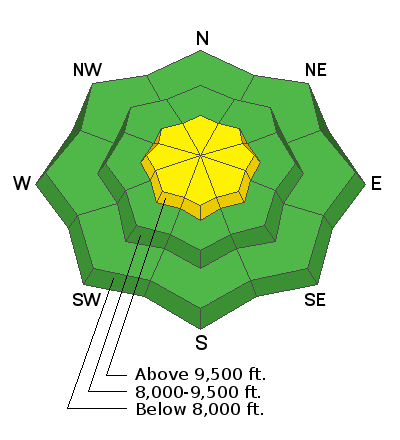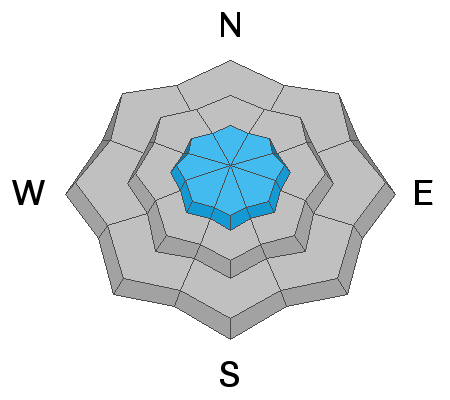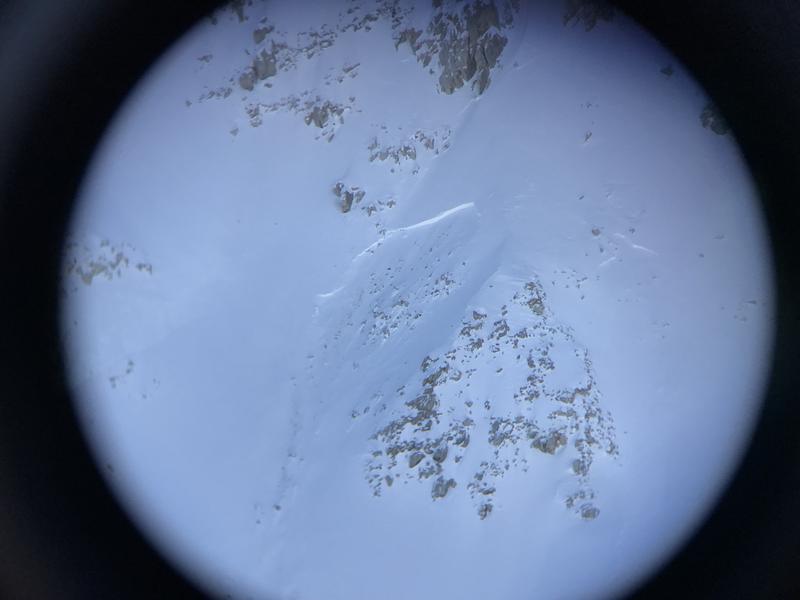Forecast for the Provo Area Mountains

Issued by Trent Meisenheimer on
Thursday morning, January 3, 2019
Thursday morning, January 3, 2019
Today the avalanche danger is MODERATE on steep upper elevation slopes where slabs of wind-drifted snow can be found. Be on the lookout and avoid, rounded, pillowy, wind drifted snow. Out of the wind effected snow the avalanche danger is LOW. As the day heats up the southerly facing terrain might become loose enough to produce a few small avalanches from the direct sun.
- More info on wind drifted snow HERE.

Low
Moderate
Considerable
High
Extreme
Learn how to read the forecast here








